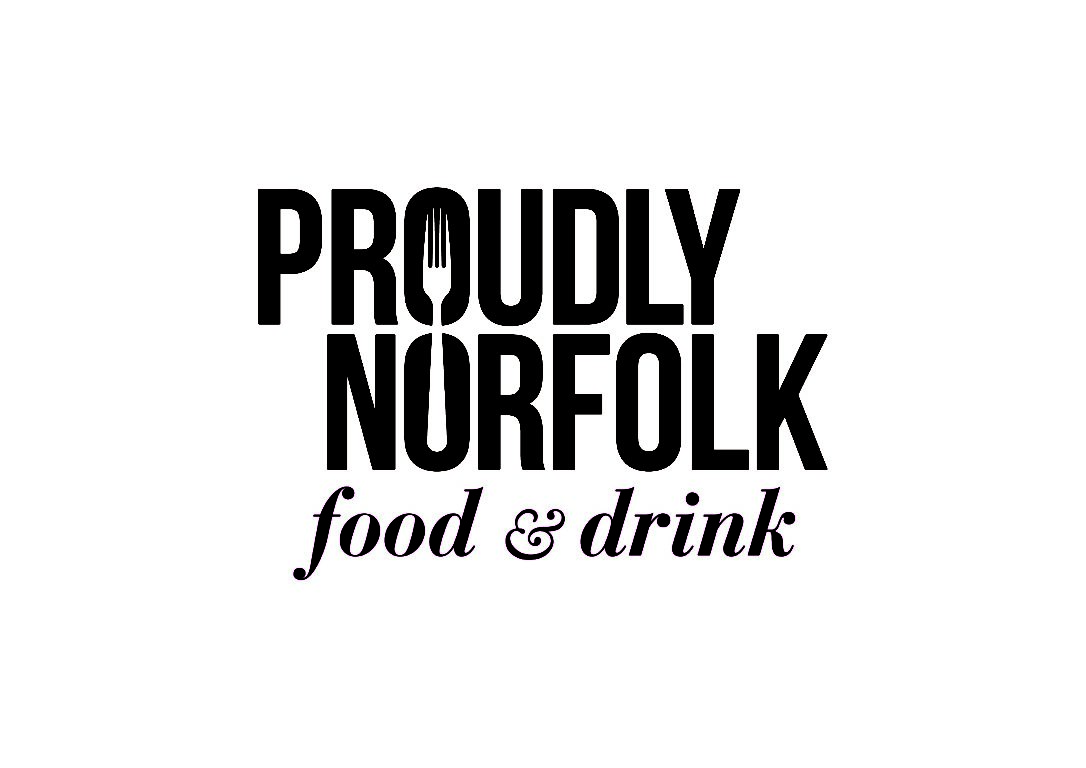The Art of Ageing Beer
Although a historic art the I first came across aging beers was in Antwerp. Hidden in a side street is a bar called the Kulminator, nothing special on the outside but it was getting known as a mecca for beer. They had 2 beer menus, 1 thin but a good selection of regular beer. Whereas the aged/old beers had a large book. It was a bit like playing Russian roulette with beer, yet 15 years later I still remember the 25-year-old Hardys we had. It was like drinking a Christmas cake.
Want to try?
Here are a few simple tips and guidelines.
Golden Rule; Strength, anything stronger than 7% ABV can be aged for a few years.
Temperature; You really want somewhere that does not fluctuate in temperature. Ideally anything below 10° is good. My under stairs cupboard is never above 12°
Light; as with wine you do not want light getting in.
Storage; if they have Corks you can lay these down, but if they have bottle caps it’s better for them to stand in a bottle box.

Perfect aging beer from Lacons
What to age?
Ciders- Anything that has been barrel aged already is ideal and naturally fermented.
Barley wines – is a beer traditionally aged. Hardy’s ale is sold with this is mind. Locally try, Lacons Audit, or Humpty Dumptys, Christmas Crack.
Christmas beers – Christmas beers tend to have spices added. Cinnamon and cloves are always a dominating flavour but it mellows over time allowing others to come through. So I find these are better after a year.
Sour / Lambic / some Barrel-aged / Gueuze – these tend to have wild yeast and even if lower in ABV they will age as the yeast will continue to eat the sugars.
Orval – this Trappist beer has Brettanomyces yeast added at the bottling stage. This means it is a beer that will change over time, my personal favourites are 18months and 5 years old.
Don’t age
Hoppy beers, the hops essential oils fade after 6months and in some cases the flavour becomes cheesy.
Kettle sours, these beers have had lactic acid added to them, I tend to find they get sharper and unbalanced
Beers lower than 6% normally don’t do well, they may become cardboardy, oxidised or musty.
Top tip
(A perfect excuse to spend more) Buy more than 1. If the budget allows buy 4, this lets you,
- sample 1 and make some notes before you store it.
- a year later you can taste the next one, see how it is doing, is it tasting oxidised? do you think it could last longer? will it improve?
- 2 years after this, try again
- In some cases, you will then try it again in 5 years and wish you had brought more.
I age most of my beers for about 5 years, but in my cupboard I have beers that are 30 years old. These are treats for special occasions or just when you need a hug in a glass.







